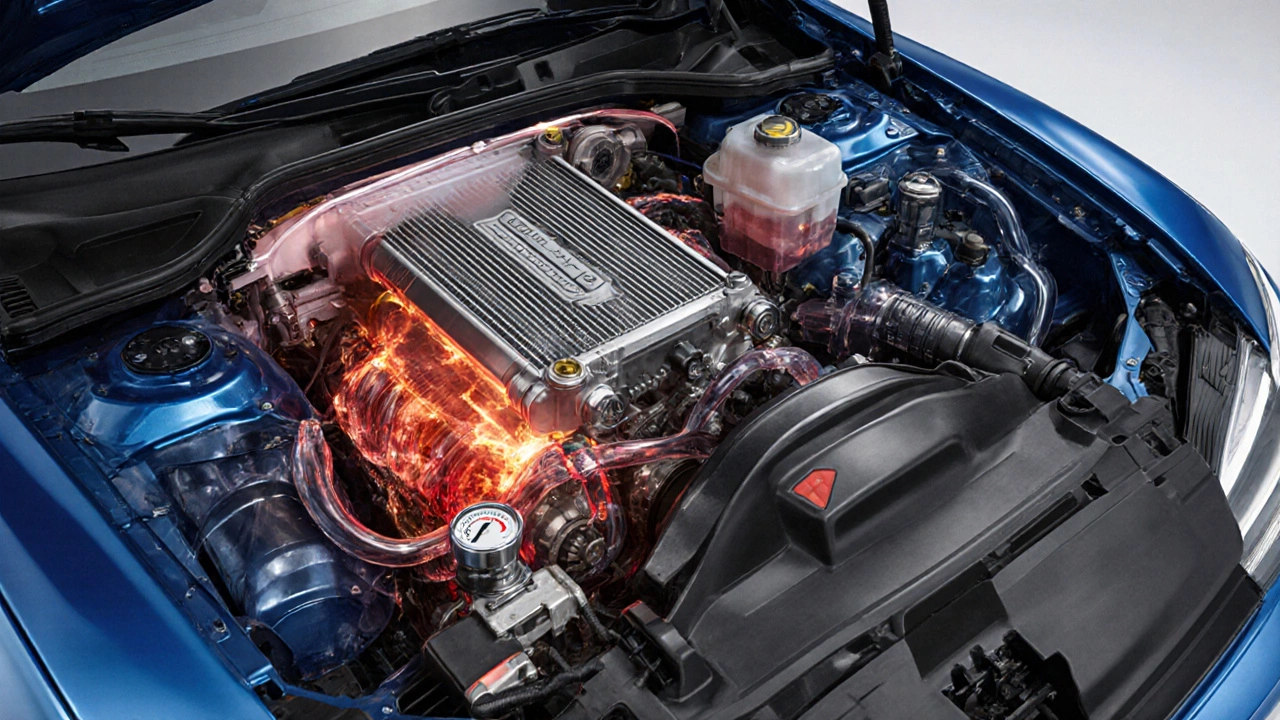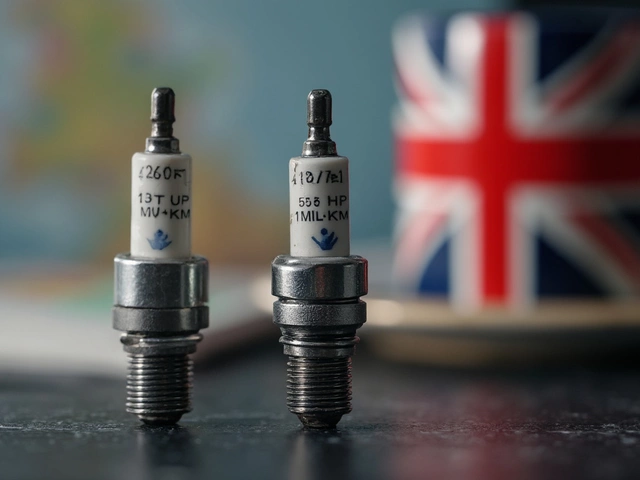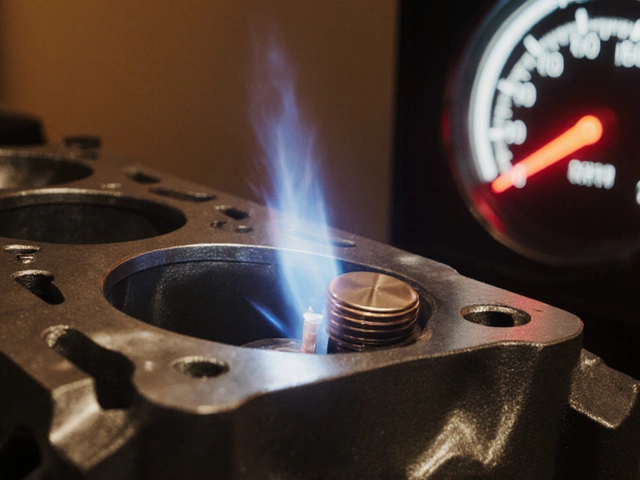Bad Radiator: How It Affects Your Car
When dealing with bad radiator, a radiator that fails to keep the engine at the right temperature. Also known as faulty radiator, you’re actually looking at a piece of the coolant system, the network that circulates heat‑absorbing fluid through the engine and radiator. The system also relies on a thermostat, a valve that opens or closes to control coolant flow and a water pump, the component that pushes coolant around the loop. If any of these parts fail, the radiator can’t dump heat, leading to engine overheating – a classic sign of a bad radiator. In plain terms, a broken radiator equals higher engine temps, which can warp heads, melt gaskets, and cost you a fortune. Understanding how the radiator, thermostat and water pump work together helps you spot problems early and avoid costly repairs.
How to Spot a Bad Radiator
First, watch the temperature gauge. If it jumps into the red after a short drive, the radiator isn’t doing its job. Look for steam or a sweet, oily smell from the engine bay – that’s coolant leaking or boiling over. Check the coolant reservoir: low level, cloudy fluid, or rust-colored water means the radiator may have a leak or a clogged core. You might also feel a pulsing vibration at high speeds; that’s a sign the thermostat is stuck closed, forcing the radiator to work harder. A whining noise from the front of the car often points to a failing water pump, which reduces coolant flow and makes the radiator appear broken. Finally, inspect the radiator fins. Bent or clogged fins restrict airflow, so even a brand‑new radiator can act like a bad one if the cooling air can’t get through.
Keeping a radiator healthy is mostly about regular maintenance. Flush the coolant every 2‑3 years to remove rust and sediment that can block the radiator core. Replace the thermostat whenever you notice temperature swings – it’s cheap and saves the radiator from extra stress. Don’t forget to check the water pump’s pulley for wear; a squealing pump can quickly turn a good radiator into a bad one. When you combine these simple checks with a quick visual inspection, you’ll know exactly when a radiator needs repair or replacement. Below you’ll find a curated set of articles that dive deeper into radiator pricing, lifespan, coolant troubleshooting, and step‑by‑step repair guides – all the info you need to get your cooling system back on track.
 8 October 2025
8 October 2025
Running a Car with a Bad Radiator: Risks, Signs & What to Do
Learn if a car can run with a bad radiator, spot the warning signs, take emergency steps, and know when to repair or replace the radiator for safe driving.
Latest Posts
-

Is MERV 13 the Right Choice for Your Home Air Filter?
-

Spark Plug Lifespan in KM: What You Need to Know
-

Do Spark Plugs Add Horsepower? Myths, Facts, and How to Choose the Right One
-

Identifying Noises from Faulty Car Suspension: What to Listen For
-

Synthetic Oil Disadvantages: The Real Costs and Drawbacks

0